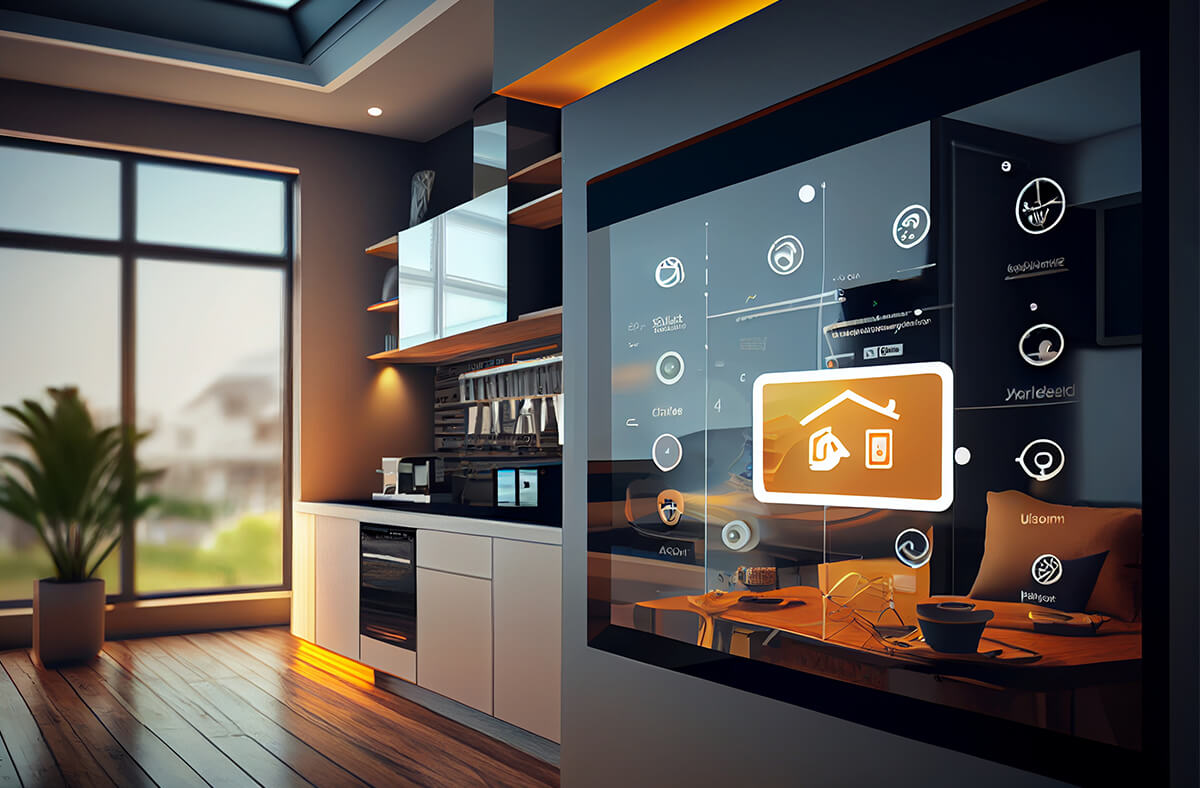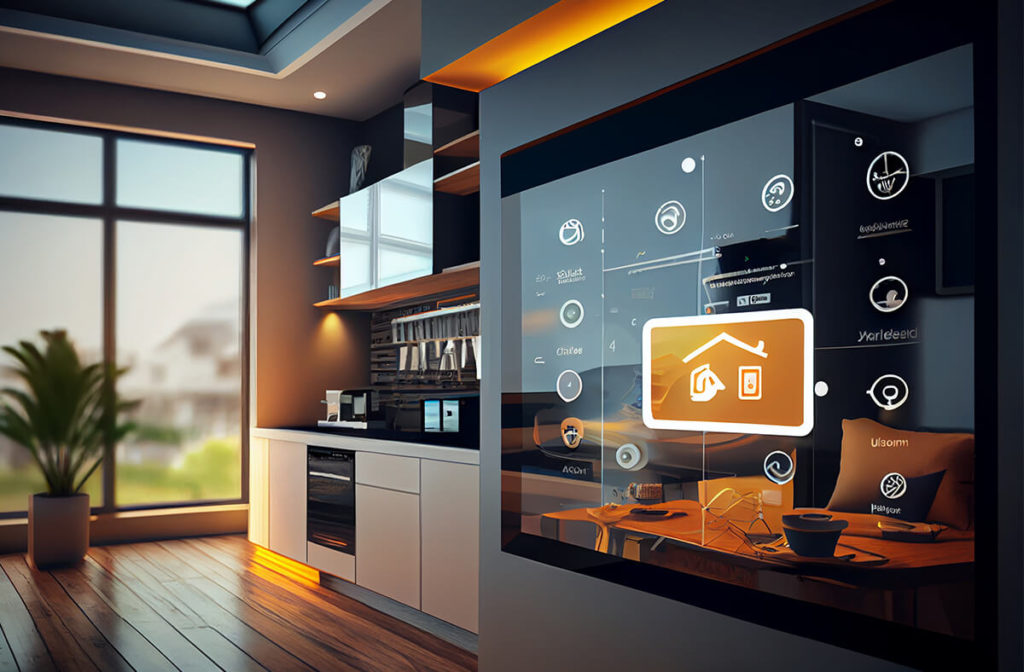
The Future of Smart Homes and Architecture
Firstly, let’s embark on a journey into the future of smart homes and architecture. Where technology seamlessly integrates with our living spaces, creating an environment that responds to our needs and enhances our daily lives. The convergence of Internet of Things (IoT), automation, and artificial intelligence (AI) is ushering in a new era of architectural design and home functionality.
The Rise of Smart Technologies:
Smart technologies have been gradually permeating our homes, evolving from standalone devices to integrated ecosystems that communicate and collaborate. The advent of IoT has played a pivotal role in connecting various devices and sensors, creating a network where data is exchanged in real-time. This interconnected web lays the foundation for a smart home that learns, adapts, and anticipates the needs of its inhabitants.
Architectural Integration:
Architects are now weaving technology into the very fabric of their designs. Smart homes are no longer limited to retrofitting existing structures; they are being conceptualized from the ground up. From the positioning of sensors to the incorporation of energy-efficient materials. In addition, every aspect of architectural design is influenced by the possibilities offered by smart technologies.
Automation and Comfort:
The integration of automation in smart homes goes beyond the convenience of remotely controlling lights and thermostats. So today, we witness homes that anticipate our preferences, adjusting lighting, temperature, and even furniture arrangements based on our habits. Imagine a home that welcomes you with ambient lighting and your preferred temperature as you walk through the door—a reality made possible by the marriage of architecture and AI.
Energy Efficiency and Sustainability:
Smart homes are leading the charge towards a more sustainable future. Architects are incorporating energy-efficient designs, renewable energy sources, and intelligent climate control systems to minimize environmental impact. Furthermore, real-time data analytics enable homeowners to monitor and optimize energy consumption, contributing to a more eco-friendly and cost-effective living experience.
Security Reinvented:
The traditional notion of home security has undergone a radical transformation. Smart homes are equipped with advanced surveillance systems, biometric access controls, and AI-driven threat detection. The fusion of architectural elements with cutting-edge security technologies not only safeguards the physical space but also provides peace of mind to residents.
Adaptable Living Spaces:
The flexibility of smart homes extends to the adaptability of living spaces. With the help of movable walls, modular furniture, and intelligent spatial planning, homes can transform based on the needs of the moment. So, AI algorithms can analyze usage patterns and suggest optimal arrangements. Creating a dynamic environment that evolves with the changing requirements of its inhabitants.
Challenges and Considerations:
While the future of smart homes is promising, it is essential to address challenges such as data privacy, interoperability issues, and the potential for overreliance on technology. Architects and designers must strike a balance between innovation and ethical considerations. Ensuring that smart homes enhance the human experience without compromising individual freedoms and security.
Conclusion:
The future promises homes that are not just shelters but responsive, intuitive companions that cater to our needs, enhance our well-being, and contribute to a sustainable future. The fusion of smart technologies with architectural design is an ongoing symphony. And as we move forward, we eagerly anticipate the harmonious crescendo of connectivity, innovation, and unparalleled comfort. Cheers to the exciting journey ahead!






